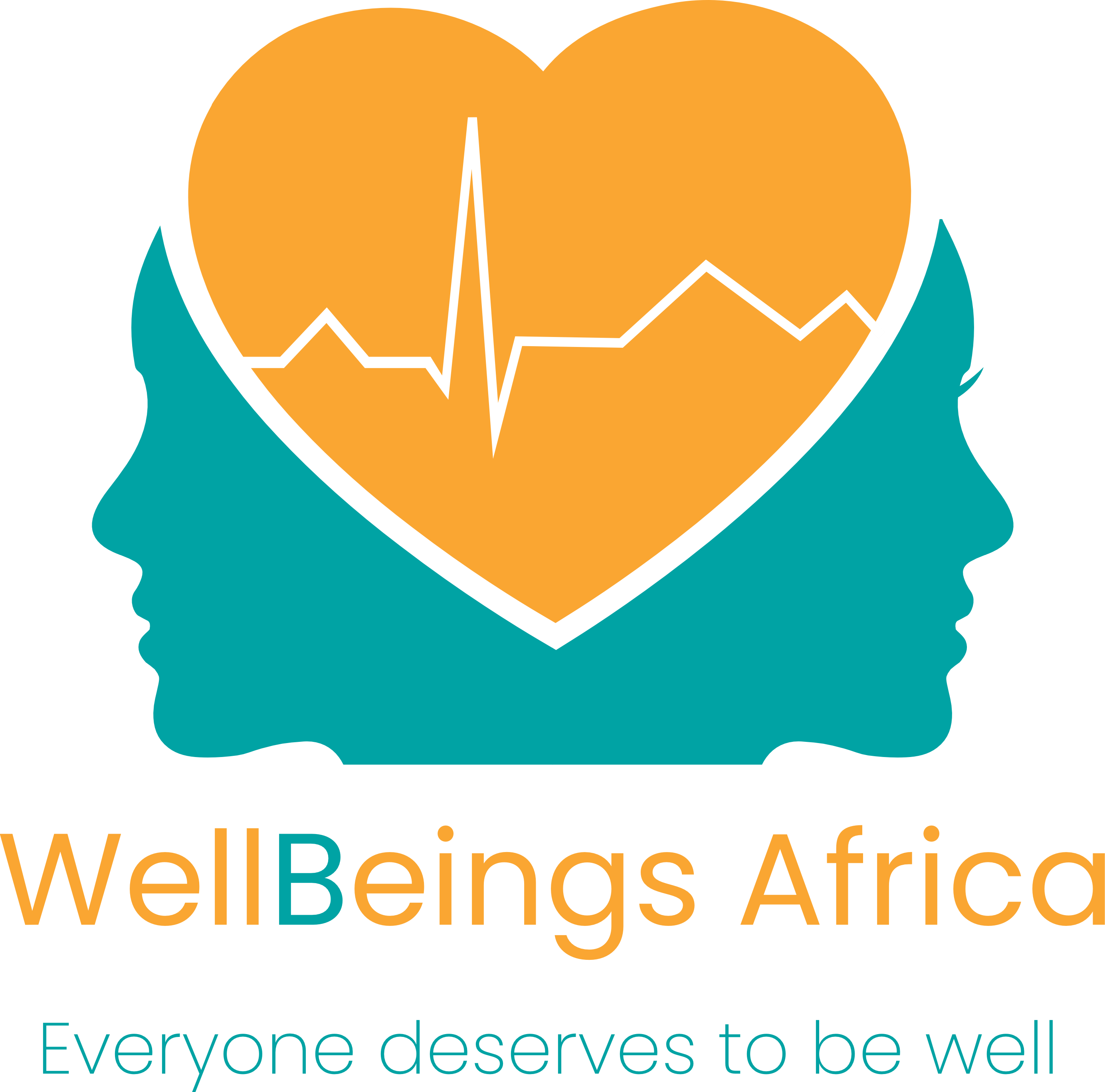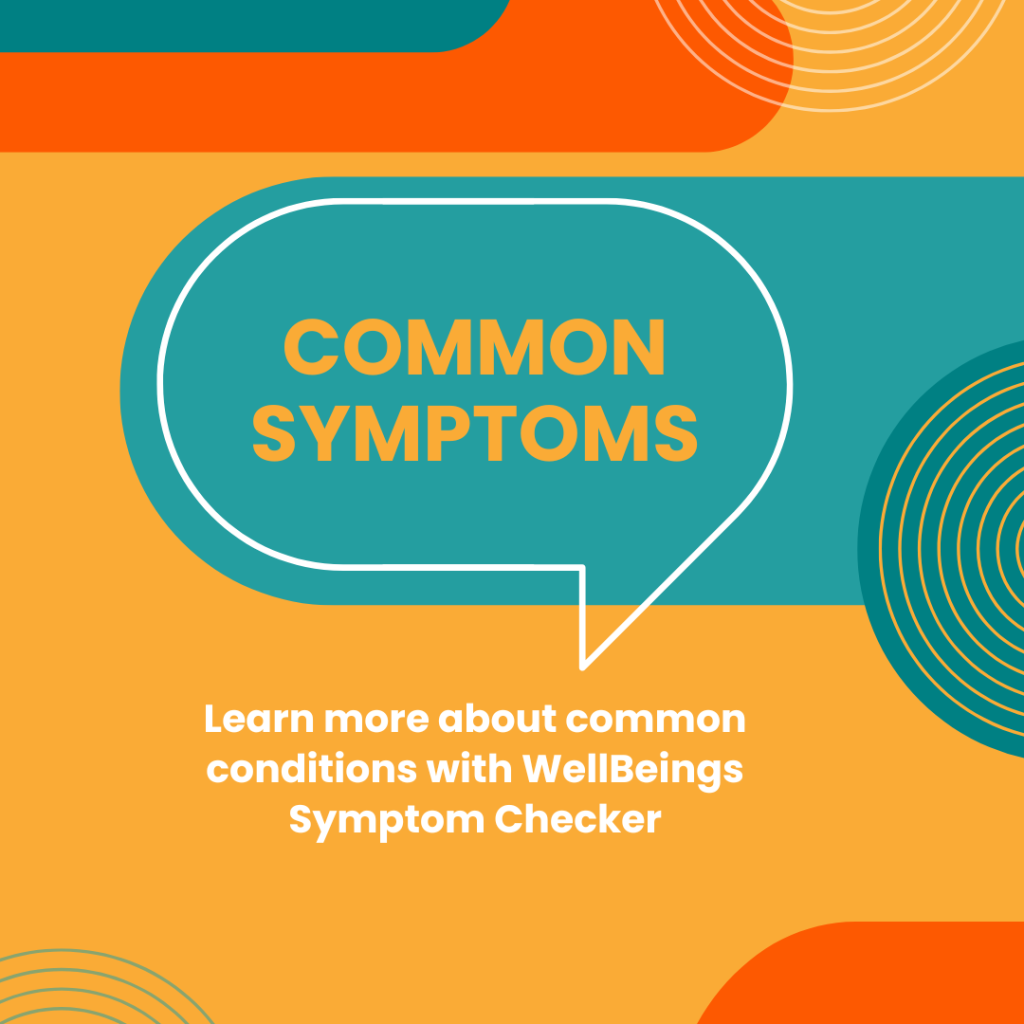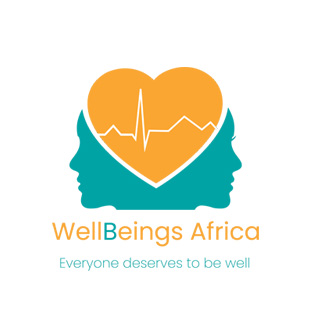You may have heard about an outbreak of Hand, Foot, and Mouth Disease (HFMD) in KwaZulu-Natal recently. First, let’s not panic.
According to the Department of Health, “The Department of Health calls for calm following an outbreak of Hand, Foot, and Mouth Disease in KwaZulu-Natal province, mostly around Durban. The Department, working with the National Institute for Communicable Diseases (NICD) is closely monitoring the situation while providing necessary support to the province to contain the spread of this fairly common viral infection, which mainly affects infants and children.”
What is HFMD?
Hand, Foot, and Mouth Disease is a contagious viral infection. It commonly affects mostly young children, but some adults may also be impacted. There has been an increase in the number of HFMD cases recently.
Symptoms of Hand, Foot, and Mouth Disease
- Sore throat and fever
- Painful mouth sores (small red spots, which can turn into blisters)
- Skin rash on the hands, feet, buttocks, arms or legs
- Loss of appetite and irritability
The good news is that HFMD is usually mild and resolves within 7-10 days. However, dehydration is a concern if painful mouth sores make drinking water difficult. In rare cases, complications like viral meningitis can occur. There is no vaccine for HFMD, so prevention relies on good hygiene.
This means frequent handwashing with soap, especially after using the toilet or changing nappies. Be sure to disinfect surfaces and toys regularly. Avoid close contact with infected people, and drink plenty of fluids to prevent dehydration. If necessary, take pain relievers to reduce fever and discomfort. If the symptoms don’t subside within a week or two, please see a doctor or go to a clinic.
Image: Freepik

















